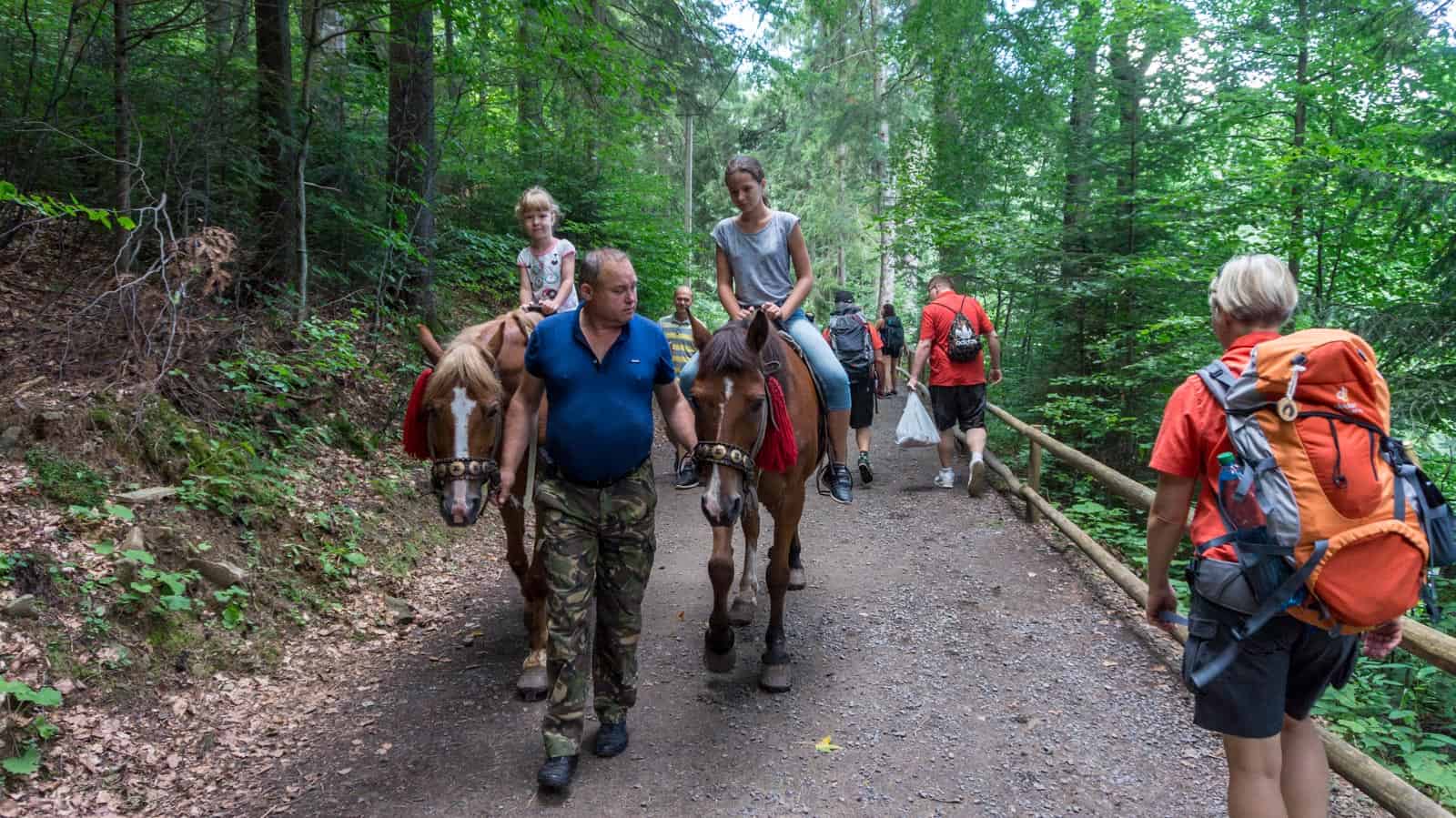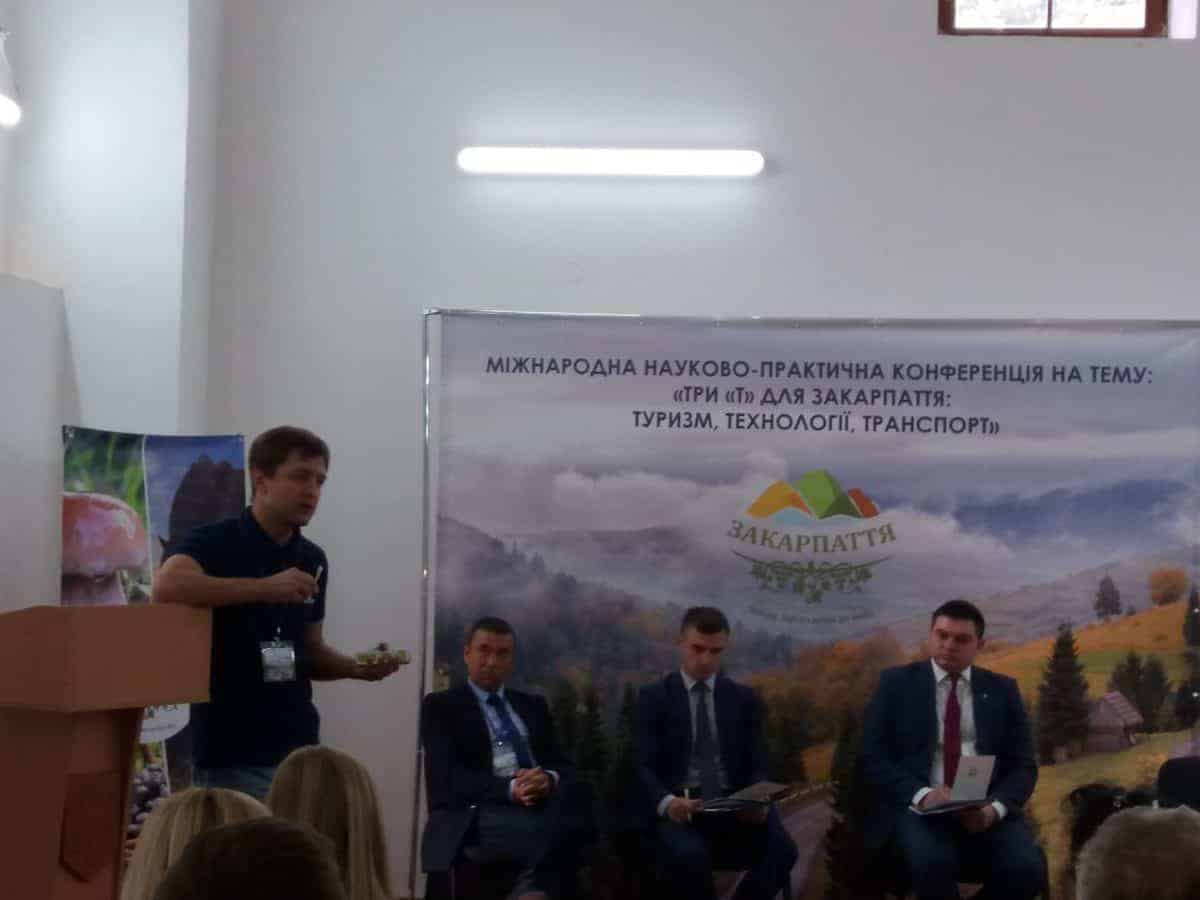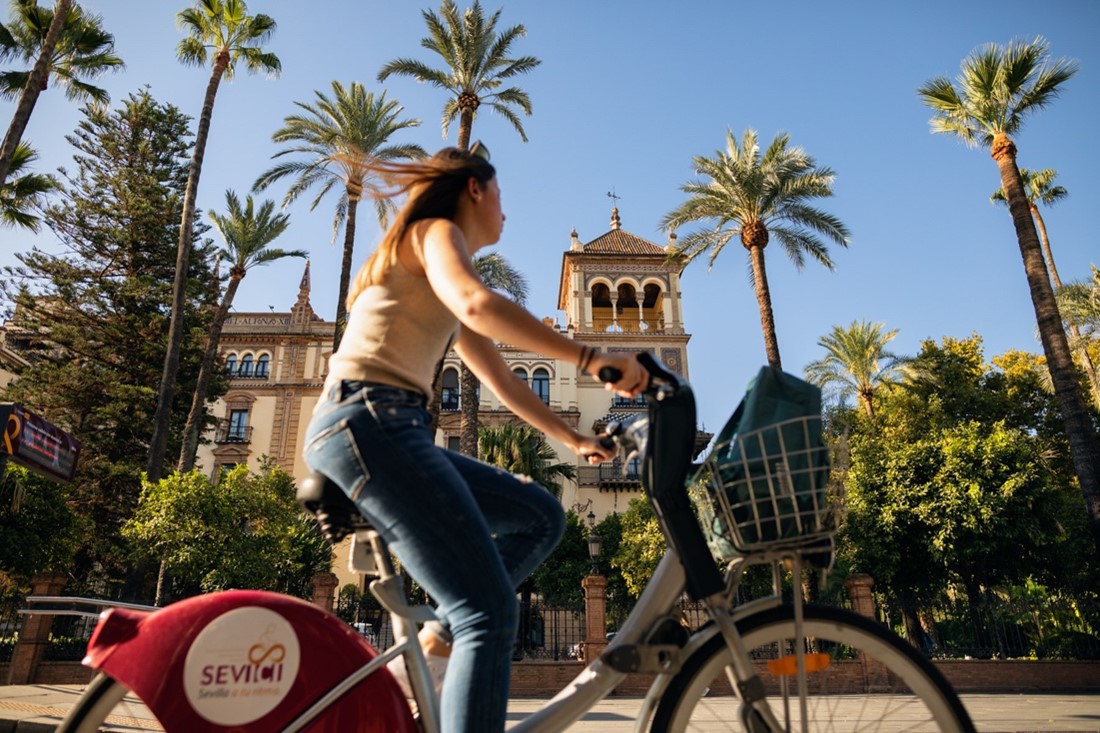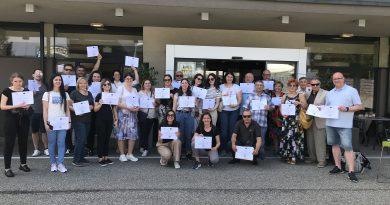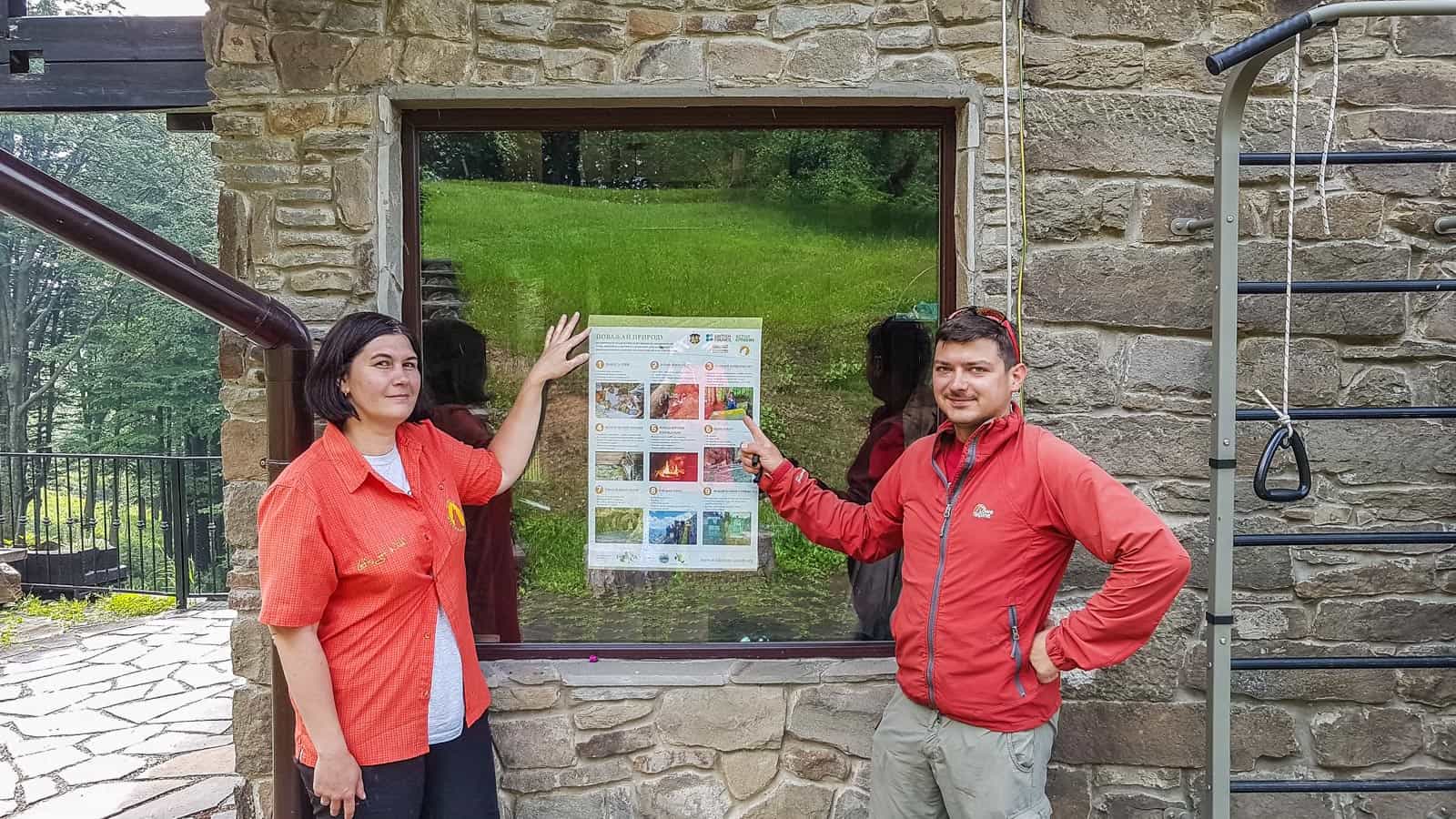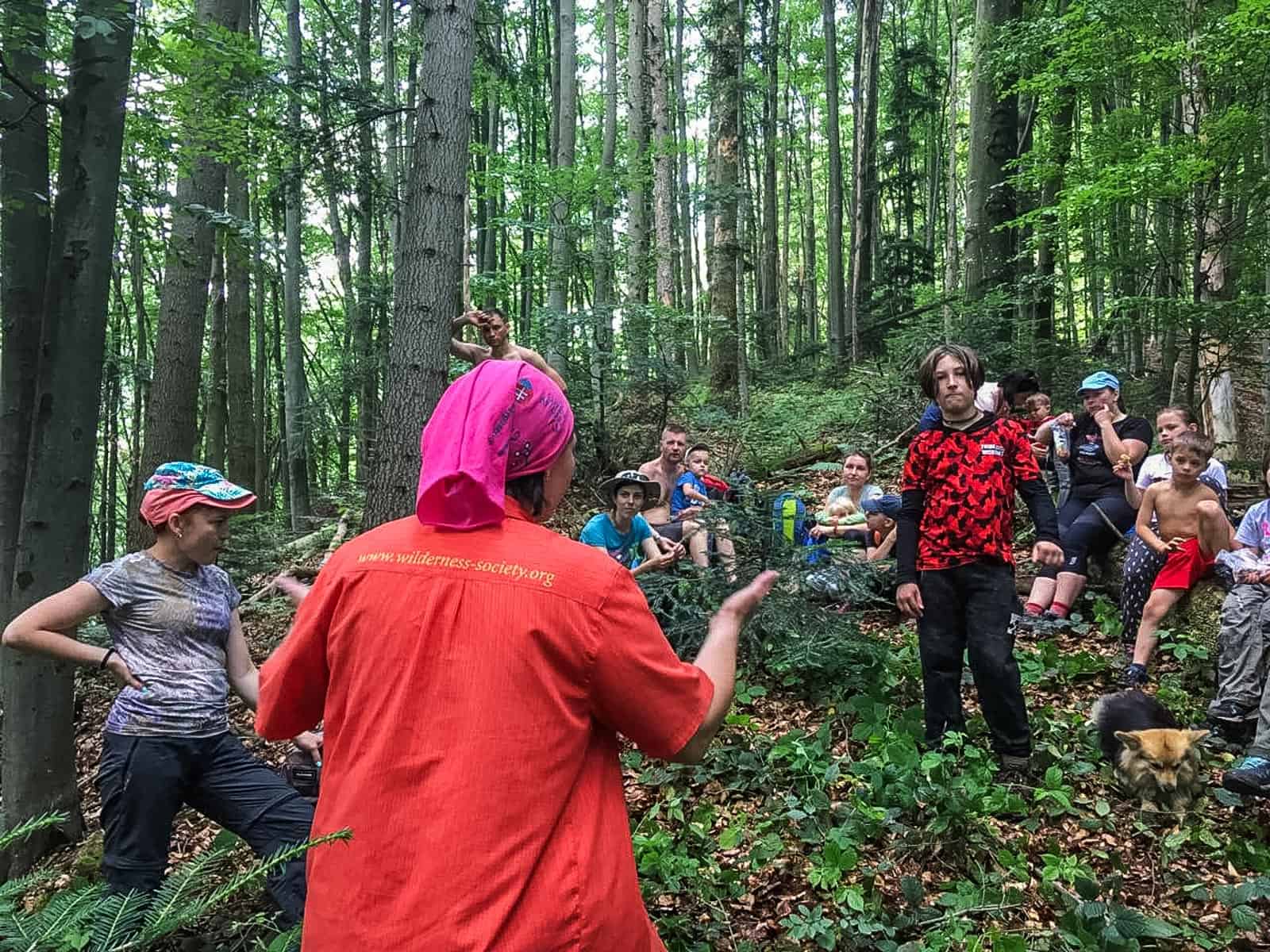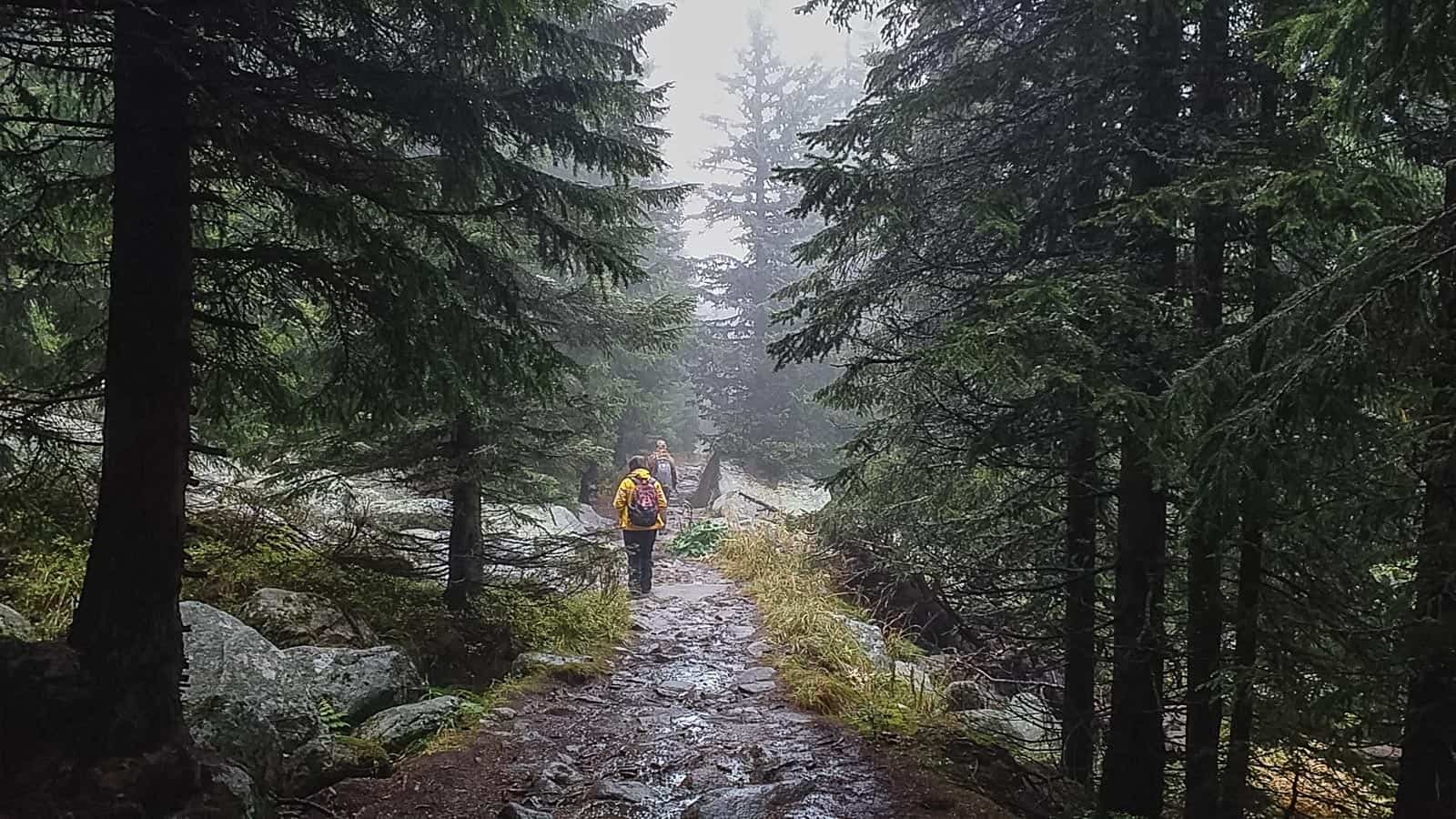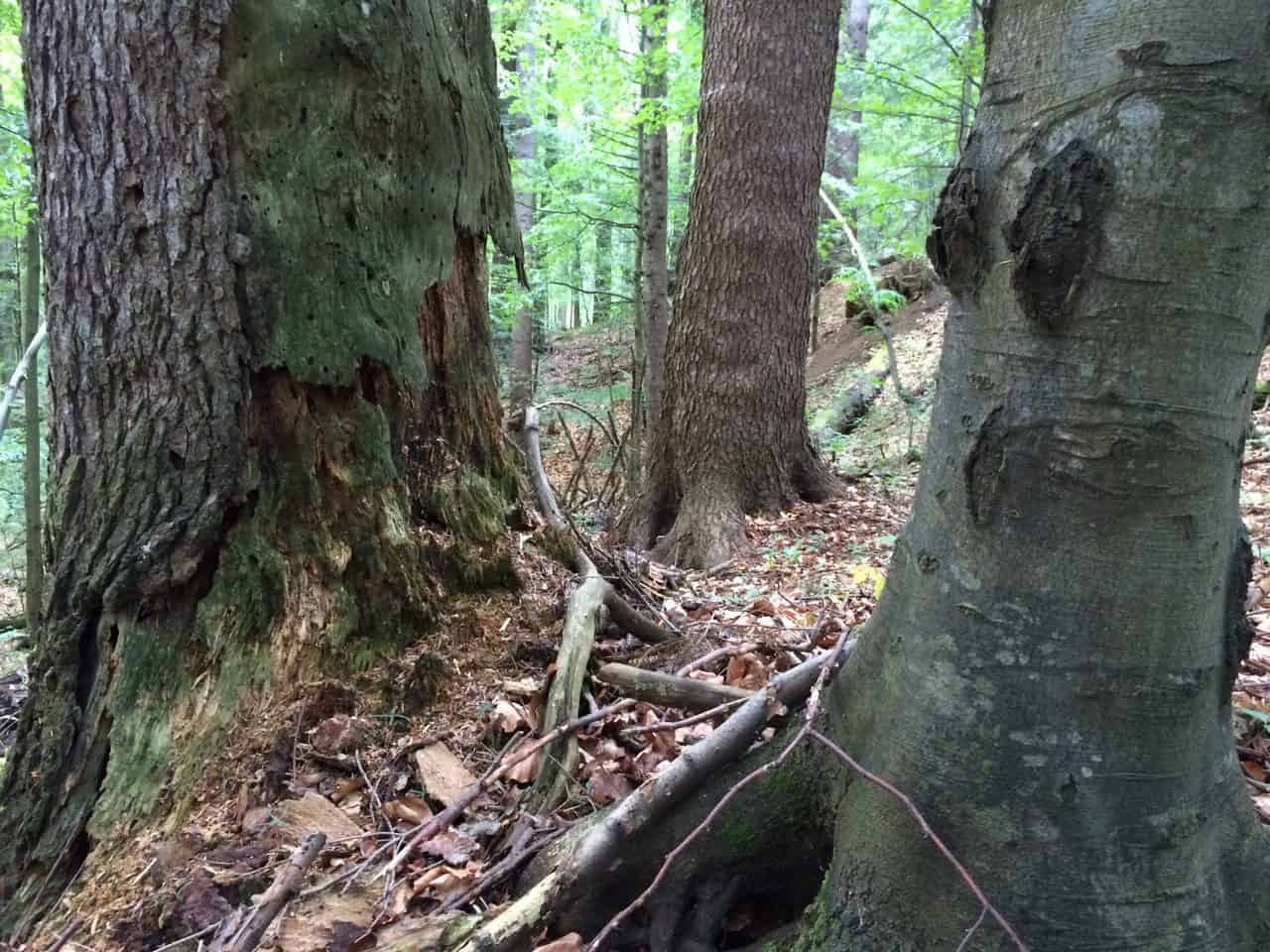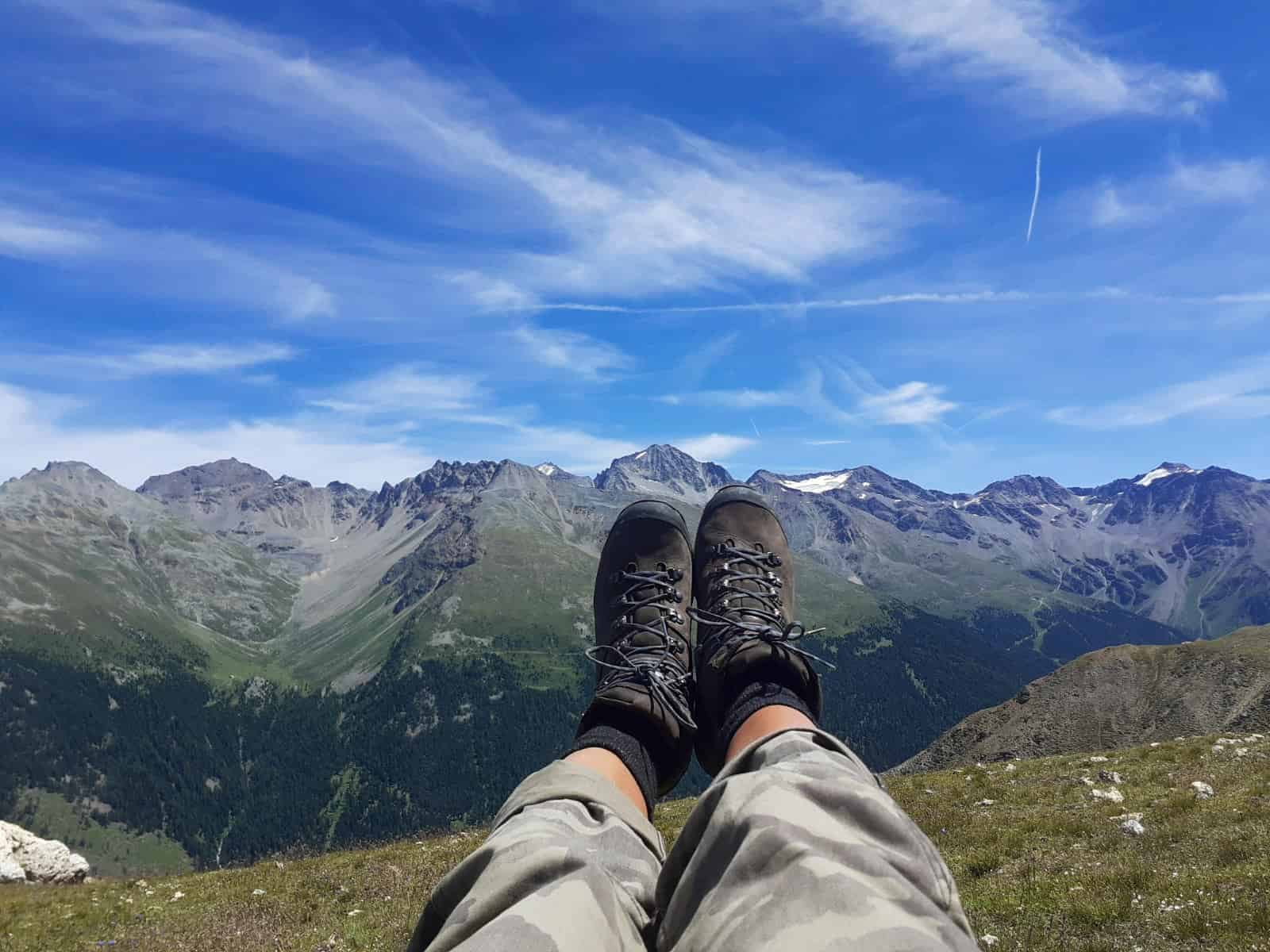‘Tourism in protected areas’ training and a first success
On the 27th of May, the second session of the online Ranger training course was conducted. The session was dedicated to the tourism management in protected areas. It is one part of the ‘Tourism and Waste management in Protected Areas’ training course. More than 50 participants from different European countries investigated how it is possible to promote tourism and preserve nature. The trainings are conducted as a part of the “Clean up Synevyr National Nature Park, Ukraine” project, which is co-funded by the European Outdoor Conservation Association.
Please also read: First successful session of our Online Ranger Training
Tourism training structure
The session’s main trainer Max A.E. Rossberg, sustainable tourism expert and European Wilderness Society chairman, provided information on:
- why protected areas are important for environment, research, culture, climate change mitigation, international community etc.
- what are the main problem of the Ukrainian protected areas nowadays
- tourism lifecycle phases
- difference between mass and sustainable tourism etc.
A special attentions was dedicated to the economic, social and environmental positive and negative impacts of tourism. Besides various instruments on tourism impact minimization were presented and discussed.
Participants findings
All three, the economic, social and environmental, pillars of sustainable tourism should be in equilibrium. This way, they will support the development of the local communities economically – without endangering the social network and destroying the environment.
The very active participants of thetourism training developed briliant ideas during a limited time. Moreover, they presented efficient measures how to mitigate negative impacts of tourism and move it into a more sustainable way. Here are only few of them:
- Establishment of training centers in rural areas
- Monitoring and regulation of the carrying capacity, using geotagging and research
- Appropriate policy decisions and regional development plans or management plan for protected areas
- Establishment of visitors rules and recommendations in protected area
- Educational activities
- Waste management improvement
- Involvement of volunteers and youth
- Ulilization of rangers
Thank you for this opportunity to learn important aspect for our work. I am also grateful for the chance to exchange knowledge with national and foreign colleagues regarding tourism and waste management in protected areas.

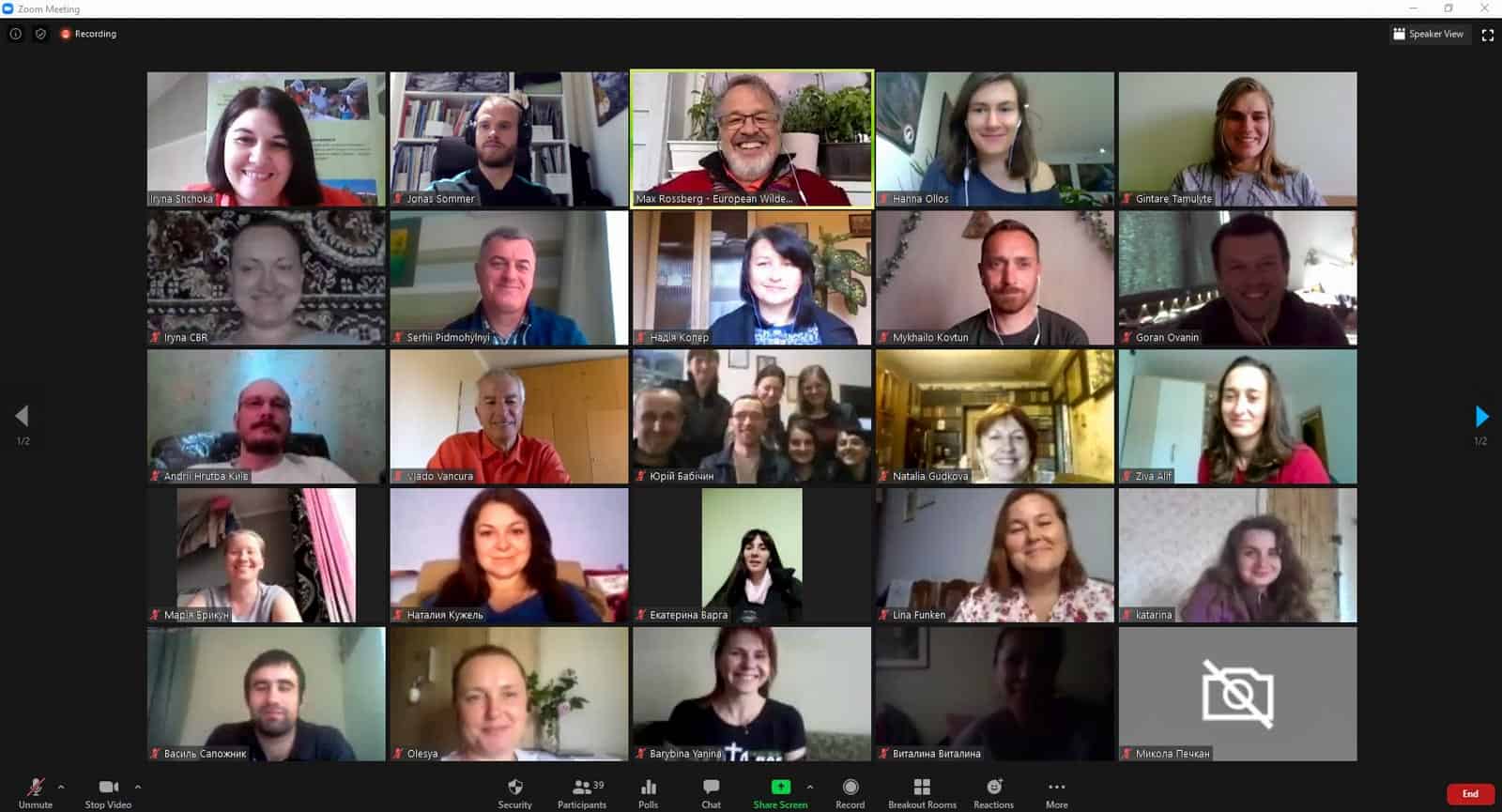
Tourism in Synevyr National Park
As a separate block, a summary of the current tourism situation in the Ukrainian National Nature Park Synevyr was presented. Applying zonation, quotas and capacity limits, trail planning and user fees, Synevyr is able to continue its way to sustainability. A few days after the training, Synevyr postied the following on Facebook, showing that they take this path seriously:
Synevyr National Nature Park informs the public and tourists that on weekends and holidays, transportation to Synevyr Lake is prohibited. On these days, you can only get to the lake on foot. Exceptions are police, medical and fire safety, park transport, as well as cars transporting people with disabilities, who cannot walk a distance of 1 km.
We also remind you that this year a checkpoint for Synevyr Lake was set up on the border of the village council and the park, a few hundred meters above the old one. This is where the journey to the mountain lake begins. At the checkpoint, there is a pass to the mountain reservoir.
We also draw the attention of tourists to the need to comply with certain requirements when visiting Synevyr Lake. Please do not litter the area, but throw garbage in the trash. It is forbidden to swim in Synevyr Lake, damage natural objects, set up tents and light fires in places not designated for this purpose, throw out unextinguished cigarette butts, cut down and damage trees and shrubs, destroy nests and burrows, carry firearms, fish and damage the sculptural composition or other objects.
Let’s protect nature and respect each other!

